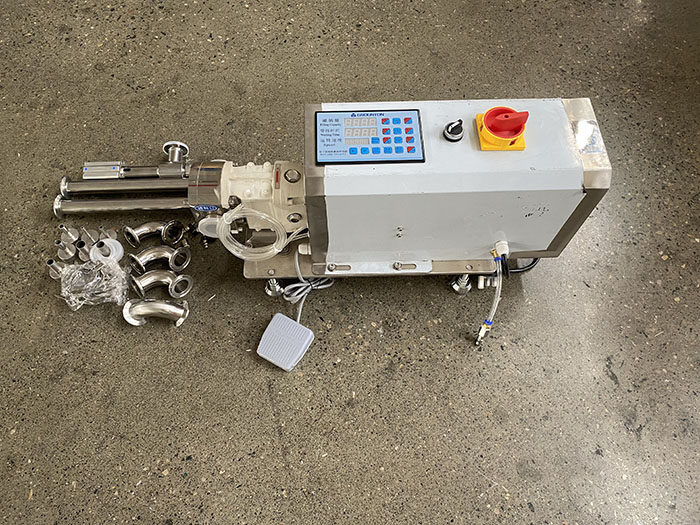Hydraulic gear pumps are widely used in various industries for their ability to provide high-pressure fluid transfer. However, like any mechanical device, they can encounter common problems that may affect their performance and efficiency. In this article, we will analyze the causes of some common problems associated with hydraulic gear pumps, providing insights into their troubleshooting and maintenance.
1. Low or No Pressure Output
One common problem with hydraulic gear pumps is low or no pressure output. Several factors can contribute to this issue:
a) Worn or Damaged Gears: Over time, the gears in the pump may wear out or get damaged, resulting in a loss of pressure. This can be caused by inadequate lubrication, contamination in the fluid, or excessive operating conditions.
b) Air Entrapment: Air trapped in the hydraulic system can prevent the pump from generating sufficient pressure. It can enter the system through leaks or improper bleeding during maintenance.
c) Inlet Blockage: If the pump's inlet is blocked or restricted, it will not be able to draw in sufficient fluid, resulting in low or no pressure output. This can be caused by debris, dirt, or a clogged filter.
To troubleshoot these issues, it is essential to inspect the pump for any signs of wear or damage, ensure proper lubrication and cleanliness of the system, and clear any blockages in the inlet or filter.
2. Excessive Heat Generation
Excessive heat generation is another common problem encountered with hydraulic gear pumps. This can lead to reduced efficiency and potential damage to the pump. The following factors can contribute to excessive heat generation:
a) Overloading: When the pump is subjected to loads beyond its capacity, it can generate excessive heat. This can occur due to system design errors, incorrect sizing of the pump, or operating conditions beyond its rated capacity.
b) Inadequate Lubrication: Insufficient lubrication can cause increased friction between the gears and other moving parts, leading to heat generation. This can happen due to low fluid levels, improper viscosity, or degraded lubricating oil.
c) System Overpressure: If the hydraulic system operates at pressures higher than the pump's maximum rating, it can result in excessive heat generation. This can occur due to malfunctioning pressure relief valves or incorrect system settings.
To address excessive heat generation, it is crucial to ensure that the pump is appropriately sized for the system's requirements, maintain proper lubrication levels and quality, and verify that the system operates within the pump's pressure limits.
3. Noise and Vibration
Noise and vibration are common problems in hydraulic gear pumps that can indicate underlying issues. The following factors can contribute to noise and vibration:
a) Misalignment: Incorrect alignment between the pump and the driving motor can cause excessive noise and vibration. This can occur during installation or due to wear and tear over time.
b) Cavitation: Cavitation is the formation and collapse of vapor bubbles in the hydraulic fluid. It can occur when the pump's inlet pressure drops below the vapor pressure of the fluid, leading to noise and vibration. Cavitation can be caused by a restricted inlet, leaks in the suction line, or an undersized pump.
c) Imbalance: Imbalance in the gears or other rotating components can result in noise and vibration. This can be caused by manufacturing defects, wear, or improper assembly.
To mitigate noise and vibration issues, it is important to check for proper alignment of the pump, ensure the inlet is free from restrictions or leaks, and address any imbalances in the rotating components.
In conclusion, hydraulic gear pumps are prone to several common problems that can affect their performance. By understanding the causes behind these issues and implementing appropriate troubleshooting and maintenance measures, operators can ensure optimal operation and longevity of hydraulic gear pumps in various industrial applications. Regular inspections, lubrication, and adherence to system specifications play key roles in preventing and addressing these common problems.
